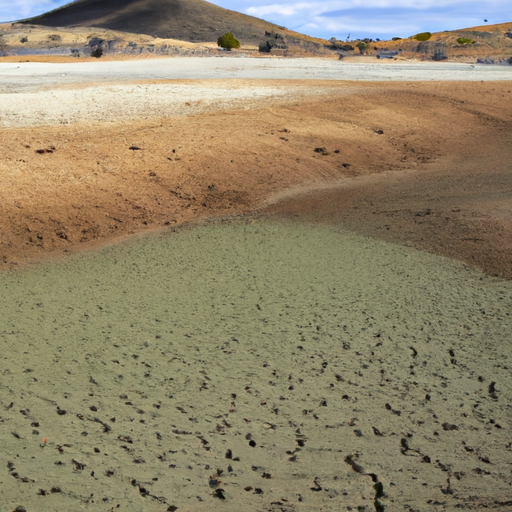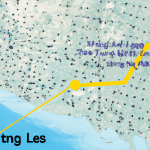How Do Limiting Factors Impact Population Growth?
Limiting factors play a crucial role in determining the growth and sustainability of populations. These factors can be defined as any resource or condition that restricts the size, distribution, or behavior of a population within an ecosystem. Understanding how limiting factors affect population growth is essential for ecologists, as it helps in predicting and managing the dynamics of various species.
1. Availability of Resources
One of the primary limiting factors is the availability of resources such as food, water, and shelter. When these resources are scarce, it becomes challenging for a population to grow. For example, if a particular habitat has limited food sources, the population relying on that food will struggle to survive and reproduce, leading to a decline in population growth.
2. Competition
Competition for resources among individuals within a population can also limit population growth. As resources become limited, individuals must compete with each other to secure their share. This competition can result in reduced reproductive success, increased mortality rates, and ultimately, slower population growth.
3. Predation and Disease
Predation and disease are significant limiting factors that can impact population growth. Predators feed on individuals within a population, reducing their numbers and potentially causing population decline. Similarly, diseases can spread rapidly within a population, leading to increased mortality rates and decreased reproductive success.
4. Environmental Conditions
Environmental conditions, such as temperature, humidity, and availability of sunlight, can also act as limiting factors. Certain species have specific environmental requirements for survival and reproduction. If these conditions are not met, population growth can be severely affected. For instance, extreme temperatures can lead to decreased fertility or increased mortality rates, limiting population growth.
5. Human Activities
Human activities have a significant impact on population growth by altering natural habitats and introducing new limiting factors. Deforestation, pollution, and habitat destruction can disrupt ecosystems, leading to the decline of certain populations. Additionally, activities like hunting and fishing can directly reduce population sizes, affecting their growth potential.
In conclusion, limiting factors have a profound impact on population growth. The availability of resources, competition, predation and disease, environmental conditions, and human activities all play a role in shaping population dynamics. Understanding and managing these limiting factors are crucial for maintaining healthy and sustainable populations within ecosystems.




